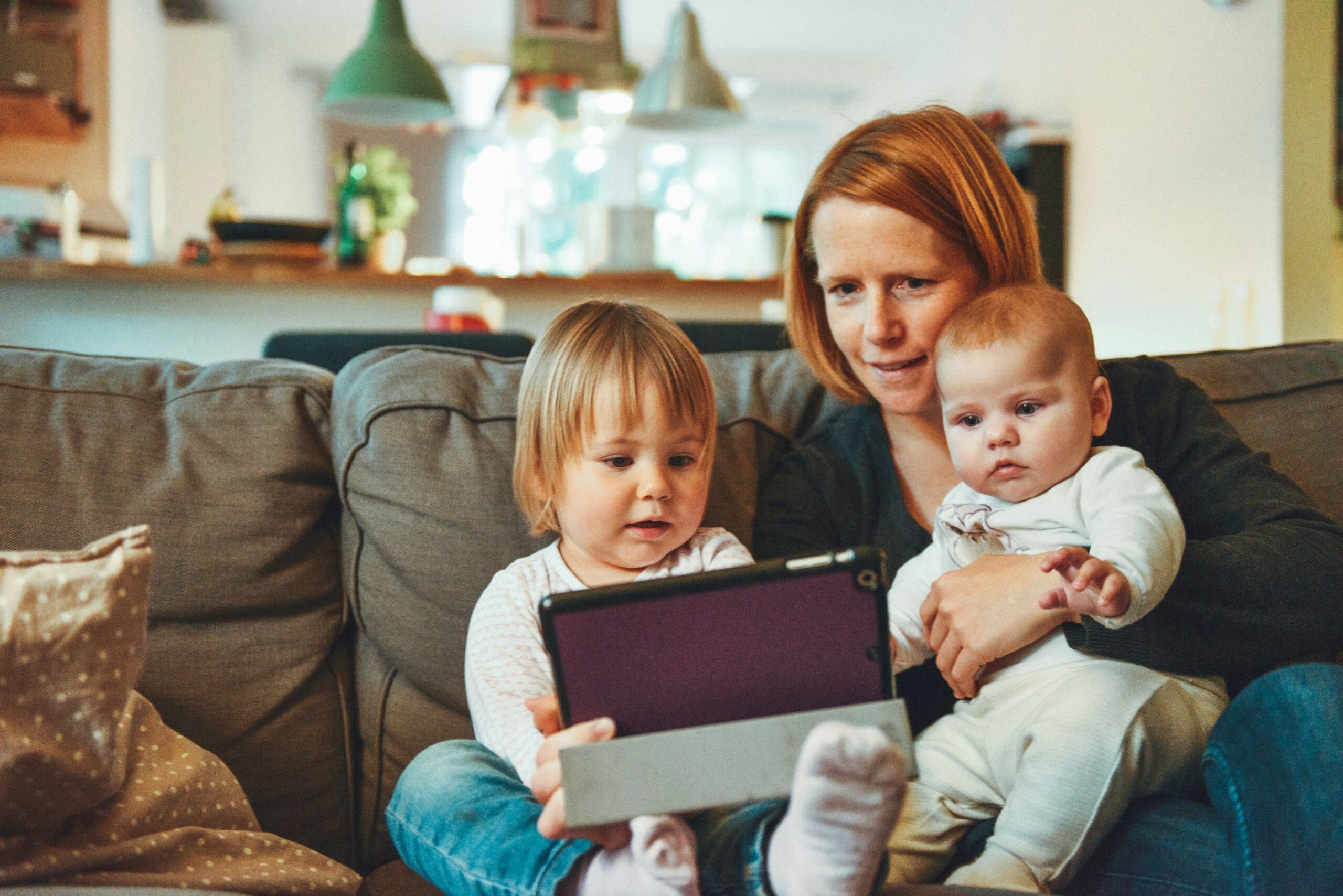This guest blog post was written by The Parents Television and Media Council®, a non-partisan education organization advocating responsible entertainment. Founded in 1995, this national grassroots organization has more than 1.4 million members, and works with television producers, broadcasters, networks and sponsors in an effort to stem the flow of harmful and negative messages targeted to children.
In addition to helping your child feel loved, connected, and a little less lonely, watching TV with your kids is a great way to create shared experiences, make memories and engage them in conversation where you can share your values and get them talking about what’s on their heart or on their mind. As an added benefit, you’ll know exactly what they are being exposed to, and it will keep them off their devices for a while.
Your kids need you.
Even when they push you away. Even when they act like they don’t want you around, they still need you. And you’ll probably never hear it from them, especially in the teen years, but they actually want –and need — to spend time with you.
With so many teens constantly online or on their phones, media consumption patterns have changed. Today’s teens are watching less TV than previous generations. Instead, they are likely to spend their time scrolling through online videos on YouTube, Instagram, or TikTok; or for boys, online gaming. In fact, on average only about 17% of teens’ screen time is spent watching TV.
This kind of fragmented media consumption within the home can feeds into feelings of isolation and loneliness for children at a time when children are already dealing with unprecedented mental health struggles. According to a CDC report from April 2022, 44% of U.S. teens experience persistent feelings of sadness and hopelessness. This represents an increase from around 26% in 2009 and 37% in 2019. Between 2012 and 2018, the number of teens reporting persistent loneliness nearly doubled.
One of the best ways to combat those feelings of isolation, loneliness, hopelessness and sadness is to spend time together as a family, and watching TV together as a family is an inexpensive, and low-stress way to do that. According to one survey, 62% of respondents said that watching TV together as a family helped them bond, yet less than 20% report watching TV with children under the age of 18.
Here are some tips to help you make the most of your family TV time:
- Plan in advance what shows you both want to watch together.
Do your research. Find out what the show is about and what you can expect before you sit down to watch. Read reviews and search the Parents Television and Media Council’s “Family Guide,” for information about the volume and degree of sexual content, violence, or profanity in the program.
- Pay attention to the TV ratings.
Not sure what a TV-14 rating means? Ratings aren’t what they used to be, and parents have to be careful.
- Don’t assume that because a show is rated PG, it’s okay for your family.
Parents can often be caught off guard by adult content found on TV-PG rated shows. A recent PTC study found 10.8 instances of adult content per hour on PG-rated shows.
- Put away the phones and devices before you start. Yes, that means you, too.
Make sure your child feels that you are fully present; and that they sense that you enjoy spending time with them. Don’t allow yourself to be distracted by your phone, or checking for messages or email. Your child needs to feel they are your priority. Plus, it’s a good opportunity to model the kind of behavior you want to see from your child.
- Be an active viewer.
Even if you’ve done your research, you may still be caught off-guard by inappropriate content within the program or in a commercial. Make sure you’ve got the remote in hand so you can skip over the content or quickly change the channel, and use that opportunity to talk to your child about what they saw and why you felt it was inappropriate.
- Talk about what you saw.
This is especially true if you have school-aged children. You can use lessons learned on the TV show to have meaningful discussions about issues that are relevant to their lives in a way they can relate to and understand.
In addition to helping your child feel loved, connected, and a little less lonely, watching TV with your kids is a great way to create shared experiences, make memories and engage them in conversation where you can share your values and get them talking about what’s on their heart or on their mind. As an added benefit, you’ll know exactly what they are being exposed to, and it will keep them off their devices for a while.
Watching family-friendly movies on UP Faith & Family can elevate your family bonding time to a new level. Our service offers a curated selection of wholesome and inspirational films that are perfect for viewers of all ages. Several movies and series available on the service have been reviewed by the Parents Television and Media Council, adding an extra layer of confidence in the quality and appropriateness of the content. Get your popcorn and enjoy a fun-filled family movie night this weekend!





One Comment